General Secretary and President Xi Jinping paid a State visit to Vietnam from April 14 to 15. The two sides signed 45 cooperation documents. This visit has become a new milestone in the relationship between the two countries, the most important foreign political event for the Vietnam-China bilateral relationship this year and has a special significance as it took place during the Year of Humanitarian Exchange, commemorating the 75th anniversary of the establishment of diplomatic relations between the two countries (1950-2025).
On the occasion of the 50th anniversary of the liberation of the South and national reunification, Chinese soldiers also participated in the parade, demonstrating their friendship with the Vietnamese people.
On this occasion, Chinese Ambassador to Vietnam Ha Vi shared with the press his comments on the good bilateral relations between the two countries.
Inheriting history, looking to the future
- Vietnam is solemnly celebrating the 50th anniversary of the liberation of the South and the reunification of the country. Could you please tell us the significance of China sending soldiers to participate in the parade during this celebration in Vietnam?
Ambassador Ha Vi: The event of April 30, 1975 was a milestone in Vietnam's history, the time when Vietnam unified the country, achieved great national unity to move forward on the path of socialist development.
During the war, the Chinese State and People steadfastly supported Vietnam and it was an honor for the Chinese army to receive an invitation to attend the 50th anniversary celebration of the liberation of the South and national reunification.

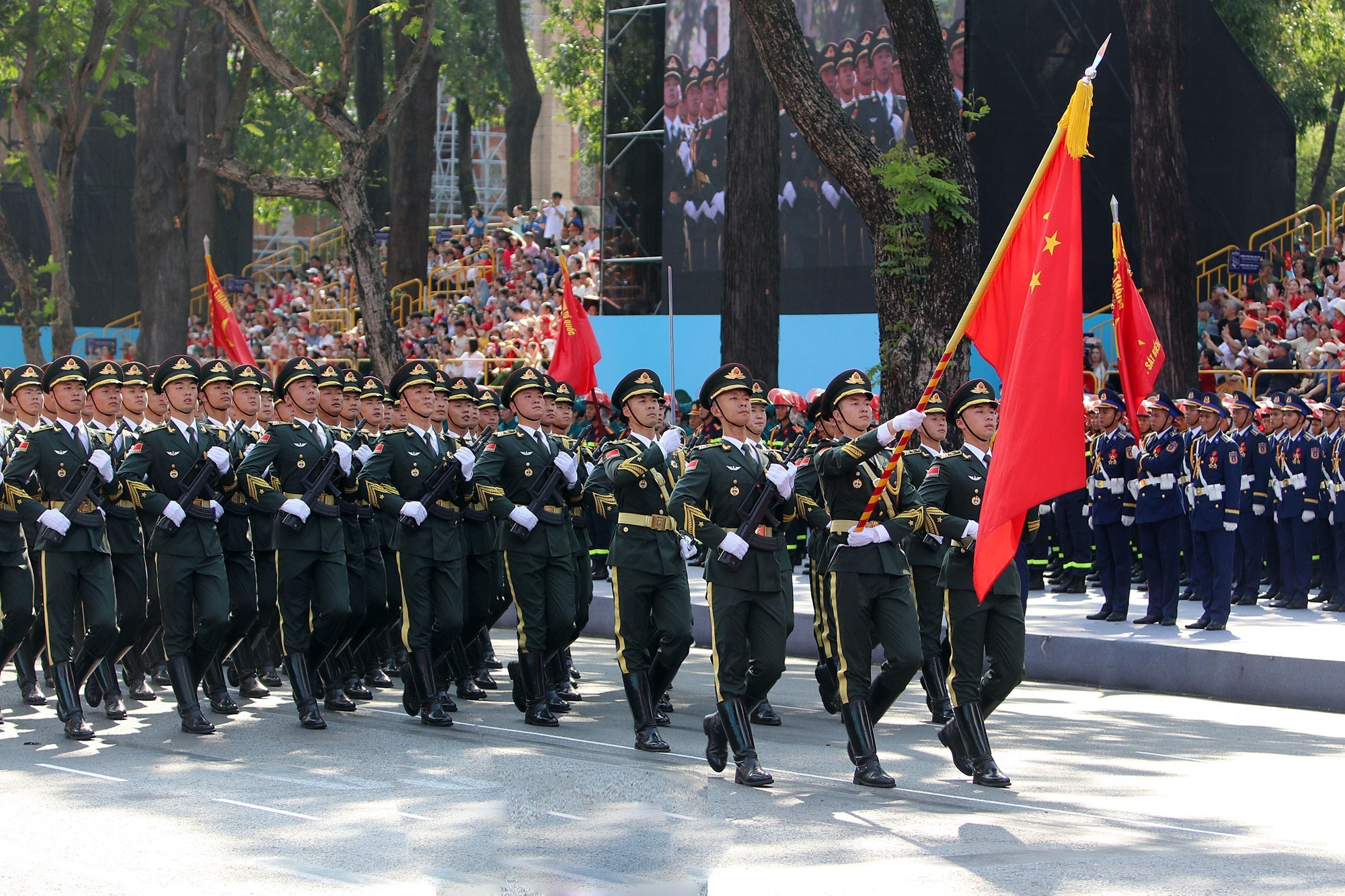
I watched the video of the Chinese honor guard practicing and rehearsing and was happy to see the Vietnamese people warmly welcoming the Chinese soldiers. Many Chinese netizens commented that they really want to go to Vietnam to visit, travel and feel the hospitality and warm feelings of the Vietnamese people.
On this occasion, Vietnam only invited three countries, China, Laos and Cambodia, to participate in the parade, affirming that Vietnam values the process of the four countries fighting side by side, creating "red friendship" in the process of gaining national independence.
- During the national resistance war, Vietnam received sincere support from international friends, including China. How did the Ambassador evaluate the friendship between the two countries at that time?
Ambassador Ha Vi: We have helped Vietnam complete its historic mission of gaining national independence. There are many touching stories that are still told to demonstrate that sentiment, such as the story of Nam Khe Son Hospital, established in 1968 in Guilin, as an international hospital supporting Vietnam at the national level.
Under the direction of Prime Minister Zhou Enlai, this hospital had a special mission to examine and treat Vietnamese military officers and soldiers injured in the resistance war against the US to save the country. During 8 years (1968-1976), Nam Khe Son Hospital with about 600 doctors, officers and staff examined, treated and cured more than 5,000 Vietnamese wounded and sick soldiers, performing more than 2,500 surgeries.
Or the story of Duc Tai School, founded in the 1950s under the direction of Chairman Mao Zedong and Chairman Ho Chi Minh. Initially, the school was located in Jiangxi, but because the winters here were very cold, the leaders of both sides decided to move it to Guangxi, a place with a similar climate and culture to Vietnam, to provide Vietnamese students with better conditions to study.
During its operation, the school has received special attention from China, from its facilities, teaching staff to living conditions for Vietnamese students. Generations of students trained here later became leaders and intellectuals who made important contributions to the development of Vietnam.
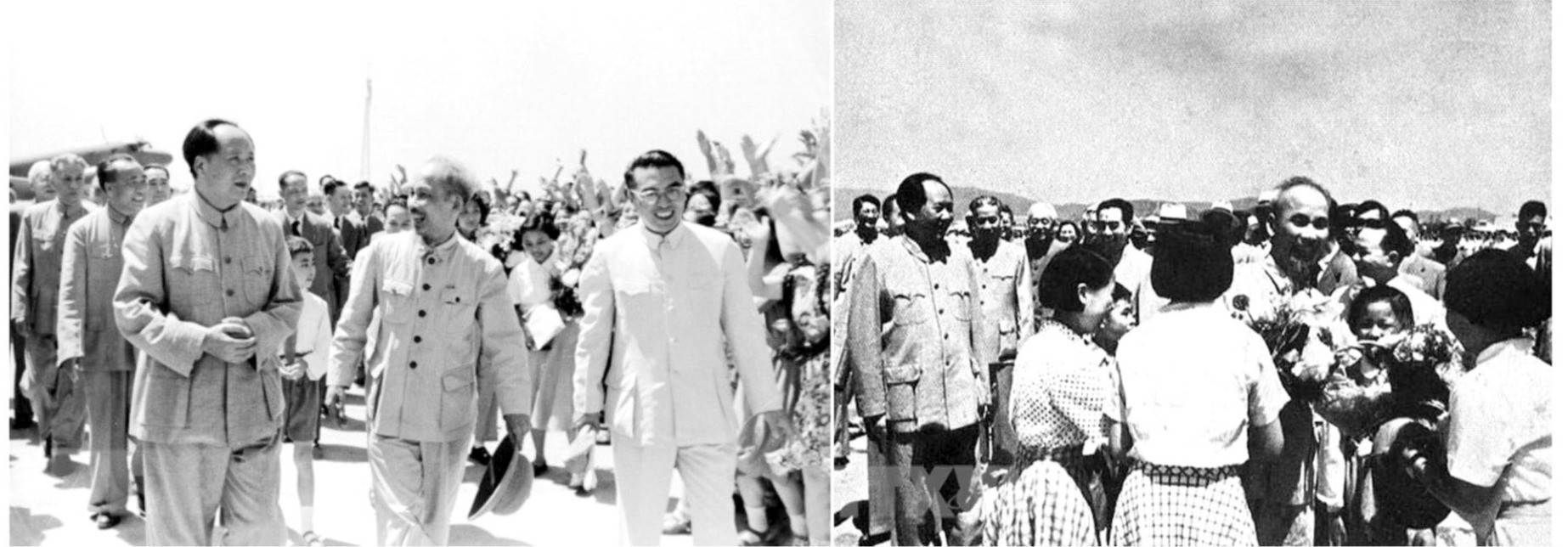
During the years 1955-1975, the total volume of China's military aid to Vietnam was more than 1 million tons, including many types of weapons, tanks, warships, equipment, medicine, etc.
During the revolutionary war, many Chinese soldiers sacrificed their lives and youth to fight alongside the Vietnamese army. I myself visited the Chinese martyrs cemetery in Vietnam when the Vietnamese Ministry of National Defense was carrying out the restoration and embellishment of the graves. I was very moved.
At this important historical moment commemorating the liberation of the South, we should inherit history and look to the future to promote the good feelings of the two peoples.
Building 'red friendship'
- Recently, General Secretary and President of China Xi Jinping paid a State visit to Vietnam. Could you please share the outstanding results of the visit?
Ambassador Ha Vi: This is Comrade Xi Jinping’s fourth state visit to Vietnam in his capacity as General Secretary and President of China. Vietnam is the “first stop” on his foreign tour, which demonstrates the importance and strategy in the relationship between the two countries.
This visit has achieved many important results, with many breakthrough and strategic cooperation projects. These results not only create new momentum for the building of the Vietnam-China Community of Shared Future but also promote the socialist cause of both countries, while actively contributing to the stability and development of the region and the world.
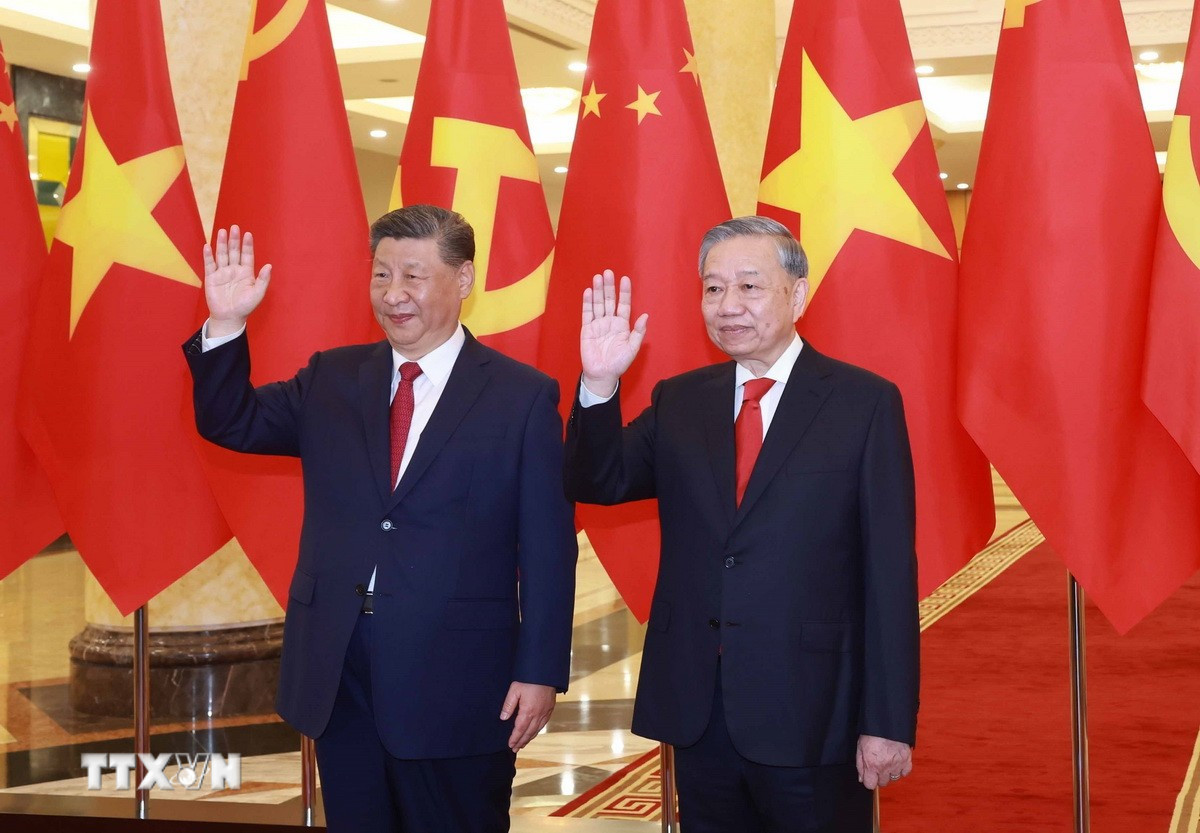
First, the two sides have established a “3+3” strategic dialogue mechanism on diplomacy, defense, and public security at the ministerial level. This is the first ministerial-level dialogue mechanism in the world, demonstrating the strong political and security support between the two socialist countries. This marks a new level of trust and strategic cooperation between the two countries.
Second, the Vietnam-China railway cooperation mechanism has been officially launched. The comprehensive connection of standard gauge railway lines will enhance cross-border transport capacity, reduce logistics costs and seamlessly connect the supply chain between the two countries, creating a strong driving force for development and exchange between the two peoples.
Third, Vietnam will send young people to China to participate in tourism activities to learn about the "red journey." The revolutionary relics of Vietnamese leaders such as President Ho Chi Minh in China are valuable resources, helping the young generations of the two countries continue to strengthen friendship and promote common historical values.
- Could the Ambassador share about the outstanding activities of the Vietnam-China Humanitarian Exchange Year 2025 and assess their impact on enhancing understanding between the people of the two countries?
Ambassador Ha Vi: General Secretary and President Xi Jinping emphasized in his speech at the Vietnam-China People's Friendship Meeting on April 15 that: "A tree has its roots, and water has its source. The roots of Vietnam-China relations are in the people, the bloodline is in the people, and the strength is also in the people." This shows that the friendship between the people of the two countries is an important foundation and core of the bilateral relationship.
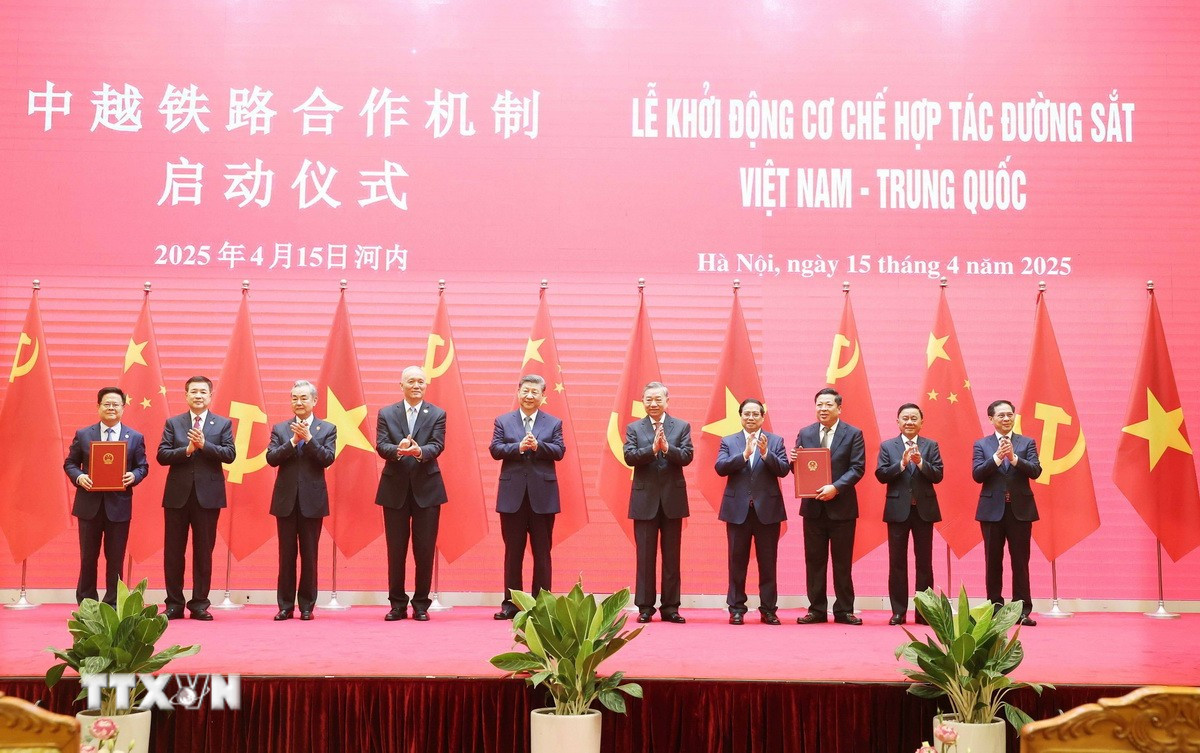
Within the framework of the Year of Humanitarian Exchange, we will promote exchange activities.
The first is to successfully implement the “Red Journey” program for Vietnamese youth to go to China in the next 3 years. I believe that the youth of the two countries will cherish the neighborly friendship between the two countries, enhance mutual understanding, together inherit precious historical memories, and cultivate good feelings among the younger generation.
Second, promote more vibrant people-to-people exchanges. Before the pandemic, China was Vietnam's largest international tourist market, with more than 5.8 million Chinese visitors to Vietnam in 2019 alone. After the pandemic, tourism trends between the two countries quickly recovered. In the first quarter of 2025, the number of Chinese visitors to Vietnam exceeded 1.58 million, up 78.3% over the same period last year, restoring its position as Vietnam's largest source of international visitors.
The number of Vietnamese tourists to China is also increasing rapidly. According to the latest figures, Vietnam has entered the top 10 largest international tourist markets of China. I am very happy to see that airlines from both countries are making efforts to exploit more new routes. This will facilitate the promotion of cultural exchanges, tourism and mutual visits between the people of the two countries in the coming time.
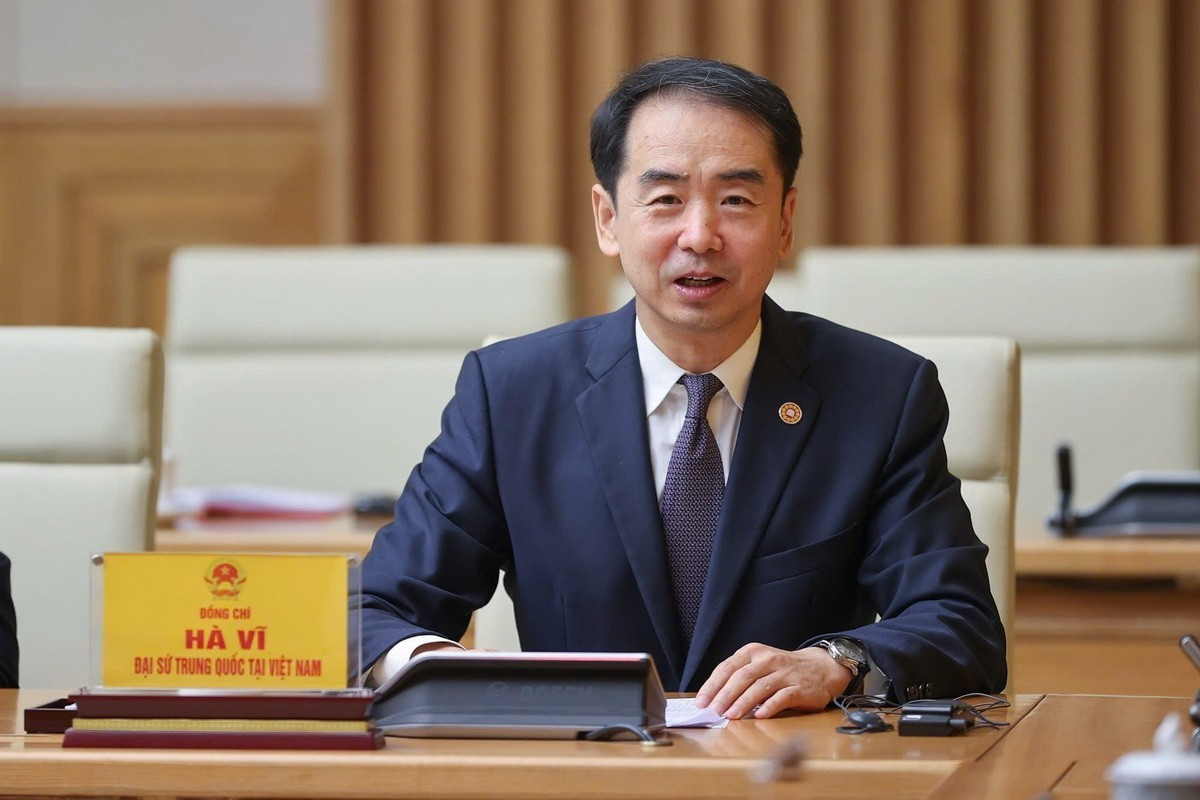
Third, strengthen closer local cooperation. Previously, Guangxi (China) and four provinces and cities of Vietnam had an annual meeting mechanism. In the early spring meeting in 2025, Hai Phong city also participated as a new member. The two sides organized many exciting exchange activities such as: border festivals, friendly football competitions, chess competitions... In 2024, the two sides also organized many creative activities such as: cross-border cycling, singing exchanges on the border river and organizing tourism fairs...
On the basis of "hard" infrastructure connection and "soft" exchange, trust between the two sides will deepen, contributing to consolidating the foundation of people's trust, thereby promoting the long-term development of bilateral relations.
- Thank you very much, Ambassador./.
Source: https://www.vietnamplus.vn/tinh-cam-nhan-dan-viet-nam-trung-quoc-la-nen-tang-cho-quan-he-song-phuong-post1035715.vnp



![[Photo] A delegation of 100 journalists from the Vietnam Journalists Association visits the soldiers and people of Truong Sa island district.](https://vphoto.vietnam.vn/thumb/1200x675/vietnam/resource/IMAGE/2025/5/30/0984a986227d4e988177f560d2e1563e)
![[Photo] General Secretary To Lam receives Chief of the Central Office of the Lao People's Revolutionary Party](https://vphoto.vietnam.vn/thumb/1200x675/vietnam/resource/IMAGE/2025/5/30/140435f4b39d4599a3d17975dfb444c5)
![[Photo] Journalists moved to tears at the Memorial Service for the soldiers who died in Gac Ma](https://vphoto.vietnam.vn/thumb/1200x675/vietnam/resource/IMAGE/2025/5/30/9454613a55c54c16bf8c0efa51883456)

![[Photo] National Conference "100 years of Vietnamese Revolutionary Press accompanying the glorious cause of the Party and the nation"](https://vphoto.vietnam.vn/thumb/1200x675/vietnam/resource/IMAGE/2025/5/30/1cf6cd5c8a934ebfa347028dcb08358c)

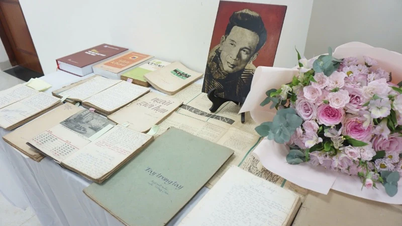

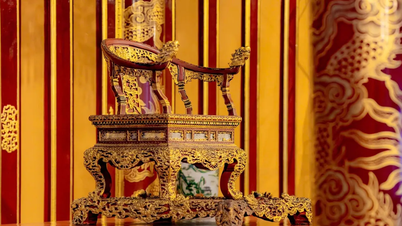

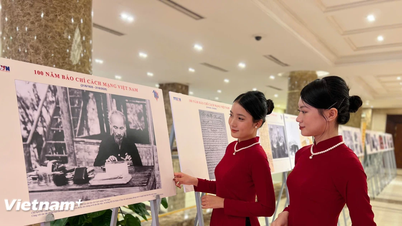

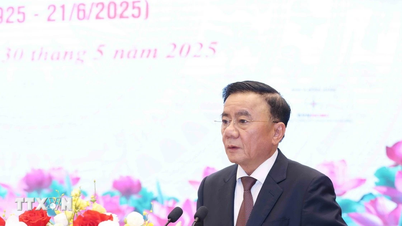




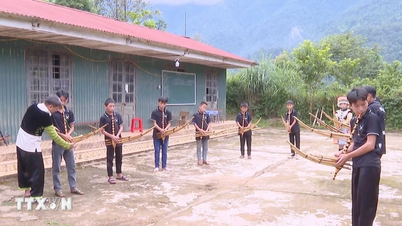
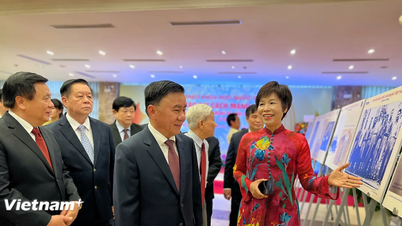
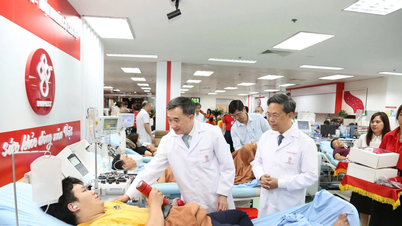
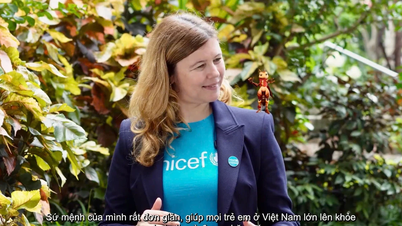
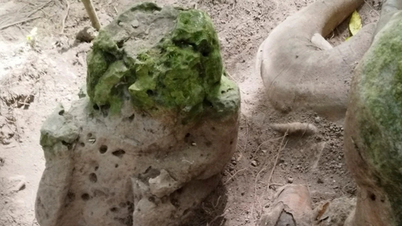























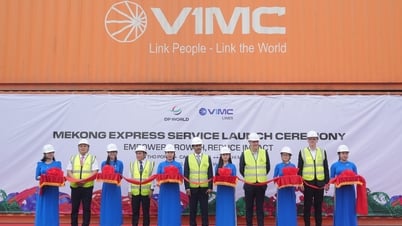
















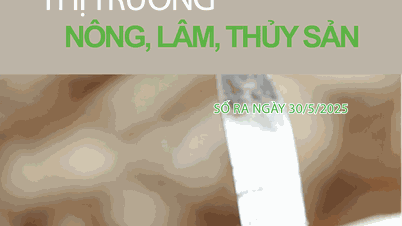



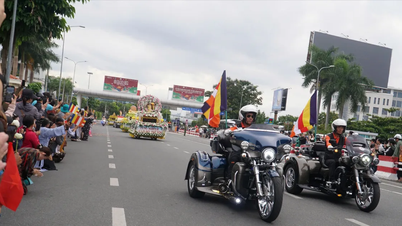
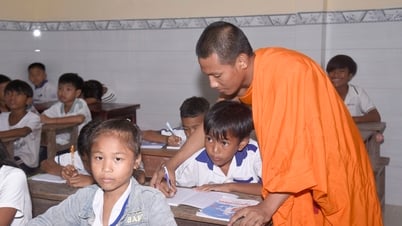
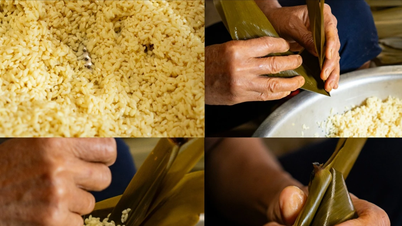

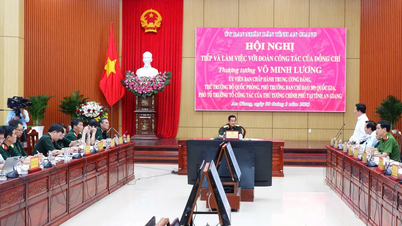

















Comment (0)